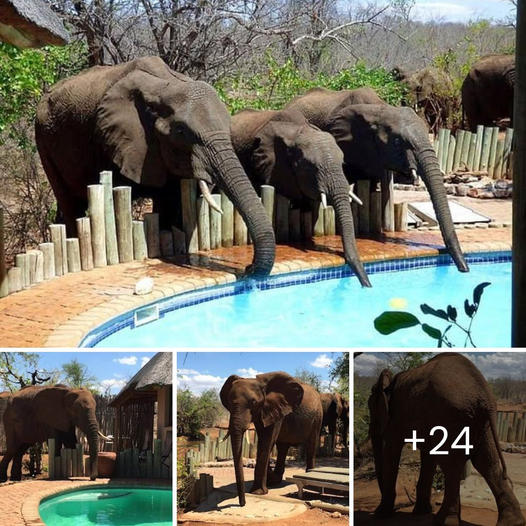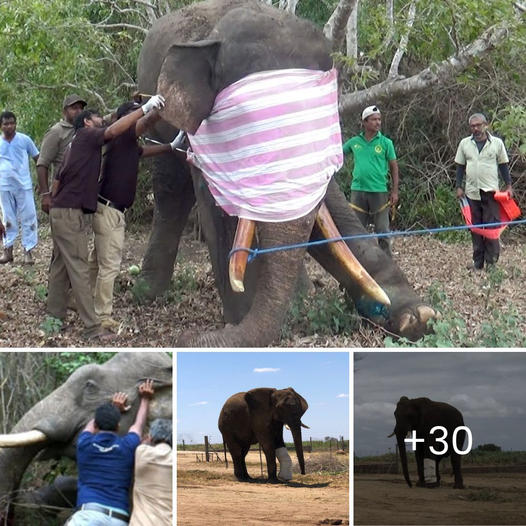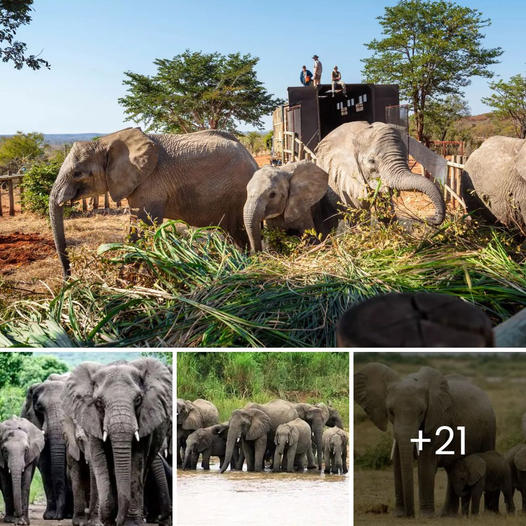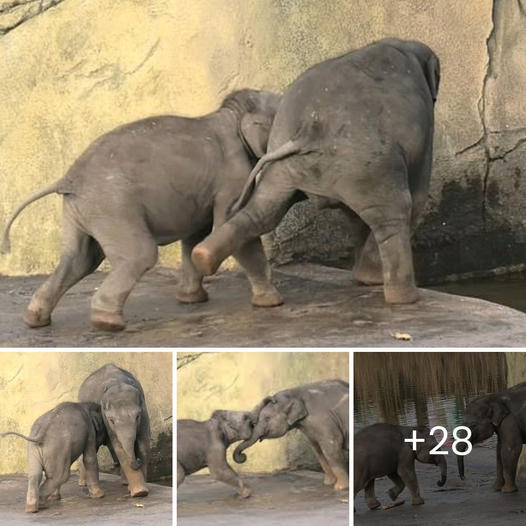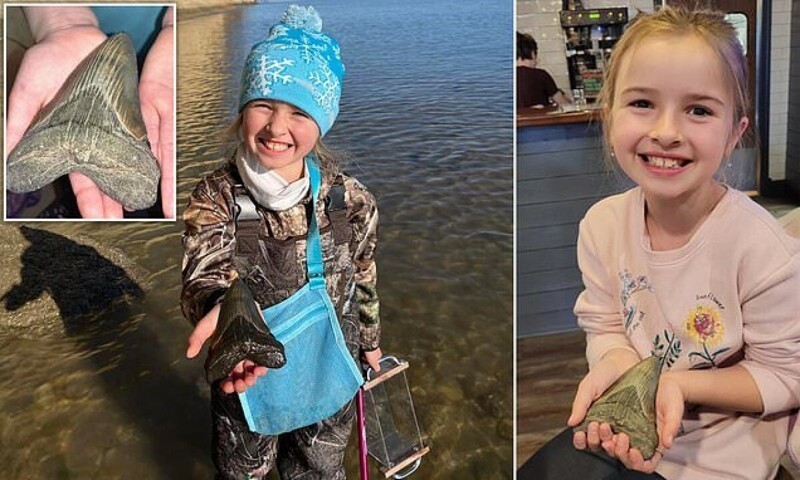For the first time, the elusive and strange-looking pointy-nosed blue chimaera (Hydrolagus trolli) appears to have been captured alive on film.
It happened almost by accident. When the California-based Monterey Bay Aquarium Research Institute (MBARI) set out to explore the depths of the Pacific ocean off the coasts of Hawaii and California in 2009, they weren’t expecting to find the strange fish known popularly as “ghost sharks”. In fact, they weren’t looking for animals at all, according to Pacific Shark Research Centre programme director Dr Dave Ebert.
“The guys doing the video were actually geologists,” Ebert said in a National Geographic article. “Normally, people probably wouldn’t have been looking around in this area, so it’s a little bit of dumb luck.”
When the geologists sent out a small automated submersible known as a remotely operated vehicle (ROV) to explore the depths, they were surprised to see the ghostly shape of the fish materialise before them. It wasn’t a fleeting glimpse, either. Apparently intrigued by the lights and lenses of the ROV, the ghost shark repeatedly came back to investigate the submersible.

“It’s almost a little comical,” Ebert told National Geographic. “It would come up and bounce its nose off the lens and swim around and come back.”
The upshot of the fish’s interest was a surprisingly close and detailed look at the animal. Though not a newly discovered species – the pointy-nosed blue chimaera got its name in 2002 after several sightings in deep waters off the costs of Australia, New Zealand and New Caledonia – it is nevertheless a difficult fish to document. The deep-sea nature of its habitat, combined with the sheer size of the ocean, has ensured that sightings have been sparse, and before this lucky break, the pointy-nosed blue chimaera had never been filmed alive in its natural habitat. The footage also marks the first time the animal has been spotted in the Northern Hemisphere.

The fish is a weird one, too. Despite their popular name, ghost sharks aren’t sharks. The group split off from their cousins, the sharks and rays, roughly 300 million years ago. However, the fish do share some key similarities with their prehistoric brethren: rather than having a bone-based skeleton, for example, the bodies of ghost sharks are held in shape by bone-like cartilage. And like sharks, they have the ability to sense electrical signals given off by other animals.
There are some key differences, though. Ghost sharks don’t have rows upon rows of conventional teeth; instead, they grind up prey such as worms and mollusks with mineralised “tooth plates”. And while sharks have two “penises”, male chimaeras have retractable 𝓈ℯ𝓍 organs mounted – of all places – on their heads.

Despite their odd physiology, ghost sharks are fairly common around the world, with 38 known species cruising the deep seas. How widespread their range is, however, is hard to measure, and confirmations of the existence of a species in different hemispheres are rare. According to marine biologist Dominique Didier of Millersville University, reliably tracking how widespread a species of ghost shark is remains almost impossible.
“Imagine trying to understand species distribution in Lake Michigan and you sample the lake using a Dixie cup,” Didier told National Geographic, explaining that the only way to reliably verify a ghost shark species is by physically examining specimens, and that can only be done by trawling. “I suspect many species are wide-ranging – we just don’t have the data.”
The pointy-nosed blue chimaera caught on camera has not been officially verified as a member of that species, according to a study on the MBARI scientists’ findings – though the animal does have the defining features of its kind, including that pale-blue colour and sharp snout. Still, without DNA confirmation, it’s actually possible that this is a new species entirely.
